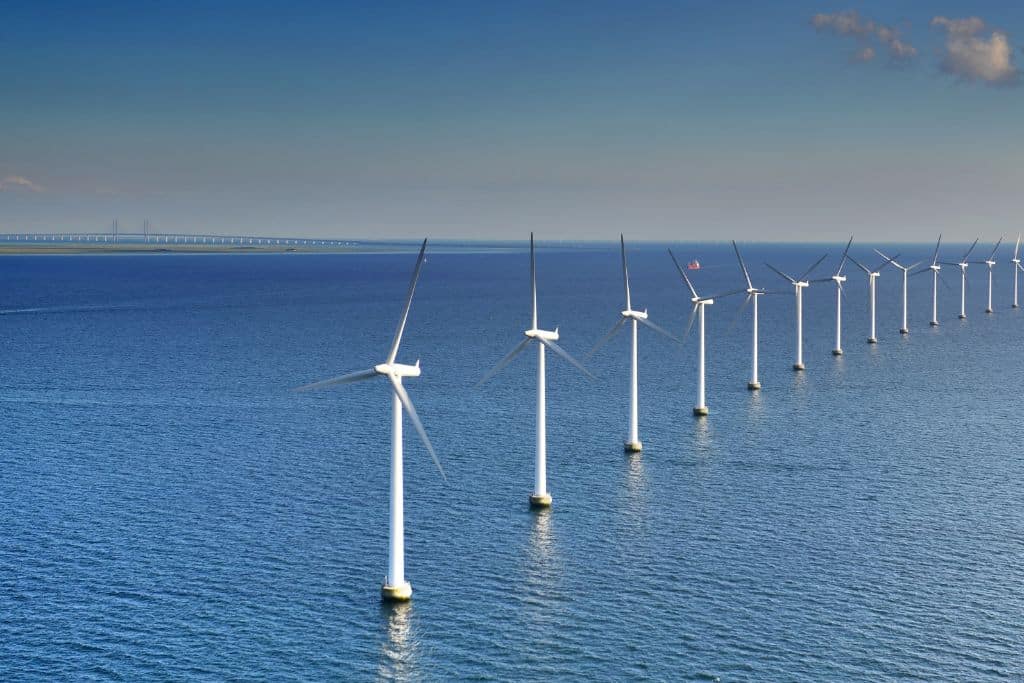The world added 50% more renewable energy capacity in 2023 compared to the previous year, though lack of financial incentives for developing countries and slow deployment of emission-free hydrogen and biofuels remain a threat to global expansion.
—
Renewable energy capacity grew by a staggering 50% last year compared to 2022, with China accounting for the largest share globally, according to the International Energy Agency (IEA).
In its annual market report published yesterday, the Paris-based agency revealed that the world’s capacity to generate renewable power has expanded at an unprecedented pace, presenting a real opportunity to triple global capacity by 2030, a target set at last month’s UN climate summit COP28 in Dubai.
Under existing policies and market conditions, the report forecasts that global renewable energy capacity will reach 7,300 GW between 2023 and 2028, with solar PV and wind power expected to contribute up to 95% of this expansion, surpassing coal as the largest source of global electricity generation early next year.
“It’s not enough yet to reach the COP28 goal of tripling renewables, but we’re moving closer – and governments have the tools needed to close the gap,” said IEA Executive Director Fatih Birol.
Renewable energy capacity added globally last year reached nearly 510 gigawatts (GW), with solar photovoltaic (PV) installations accounting for 75% of the total additions. China, an indisputable leader in the clean energy sector despite still being the world’s largest polluter, led the way with significant growth in solar PV and wind power, followed by Europe, the US, and Brazil.
An analysis by non-profit Global Energy Monitor’s (GEM) published in July last year had already suggested that China is well on track to double its wind and solar capacity by 2025 and reach its clean energy target five years ahead of schedule.
According to GEM, solar capacity in the country – which is mostly concentrated in the northern and northwest provinces of Shanxi, Xinjiang, and Hebei – is more than the rest of the world combined. Wind expansion has also accelerated recently, doubling from 2017 to 310 GW. Offshore wind alone exceeds Europe’s operating capacity and accounts for about 10% of the country’s total wind capacity.
You might also like: China’s Energy Transition: Is the World’s Largest Polluter Doing Enough?
Challenges in Global Renewable Energy Expansion
According to the IEA, the path to tripling renewables varies greatly across countries, regions, and technologies. While advanced and large emerging economies face challenges such as policy uncertainties, inadequate investment in grid infrastructure, and administrative barriers, developing economies are battling with insufficient finance, weak governance and regulatory frameworks, both of which are crucial to attract investments and establish renewable targets and policies.
“…the most important challenge for the international community is rapidly scaling up financing and deployment of renewables in most emerging and developing economies, many of which are being left behind in the new energy economy,” said Birol. “Success in meeting the tripling goal will hinge on this.”
Moreover, while solar PV and onshore wind deployments are expected to more than double compared to the last five years in places such as the US, the EU, India, and Brazil, owing to declining solar PV prices and fast deployment, the wind industry faces challenges everywhere except in China. These include supply chain disruption, higher costs, and long permitting timelines.
The report also highlights the slow progress in renewable-based hydrogen projects, with only 7% of announced projects expected to come online by the end of the decade. Emission-free – or green – hydrogen could be one of the key drivers in the world’s transition to clean energy, though at the moment it still accounts for less than 1% of global hydrogen production and use and will need to grow more than 100-fold by 2030 to get in line with the net-zero emissions scenario.
Regarding biofuels, which are gaining prominence in emerging economies like Brazil and India as well as in sectors like air travel, low demand and slow deployment are hindering its contribution to the net-zero pathway.
More on the topic: Achieving Net Zero: Where Are We Today?


















